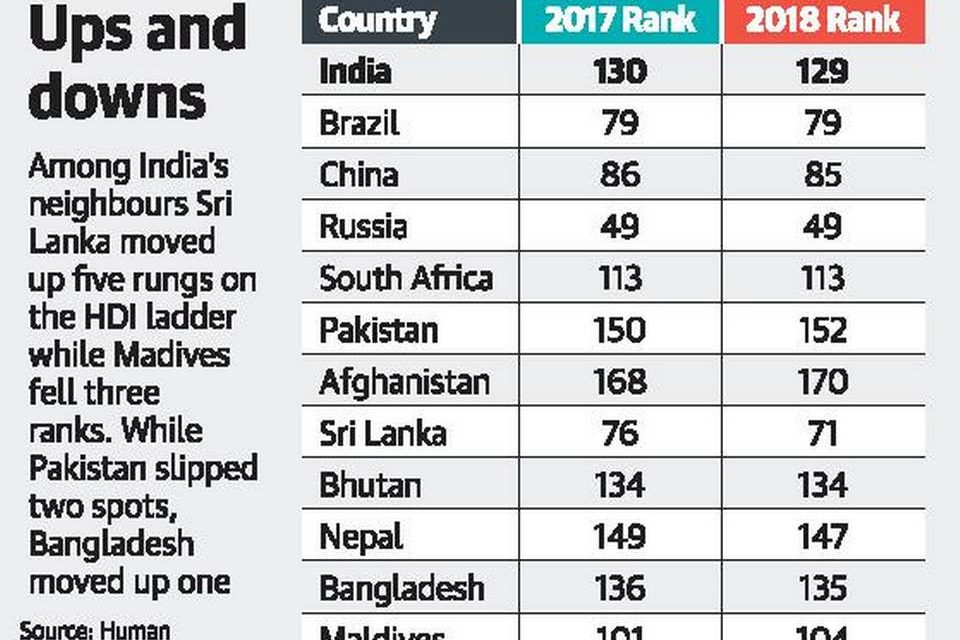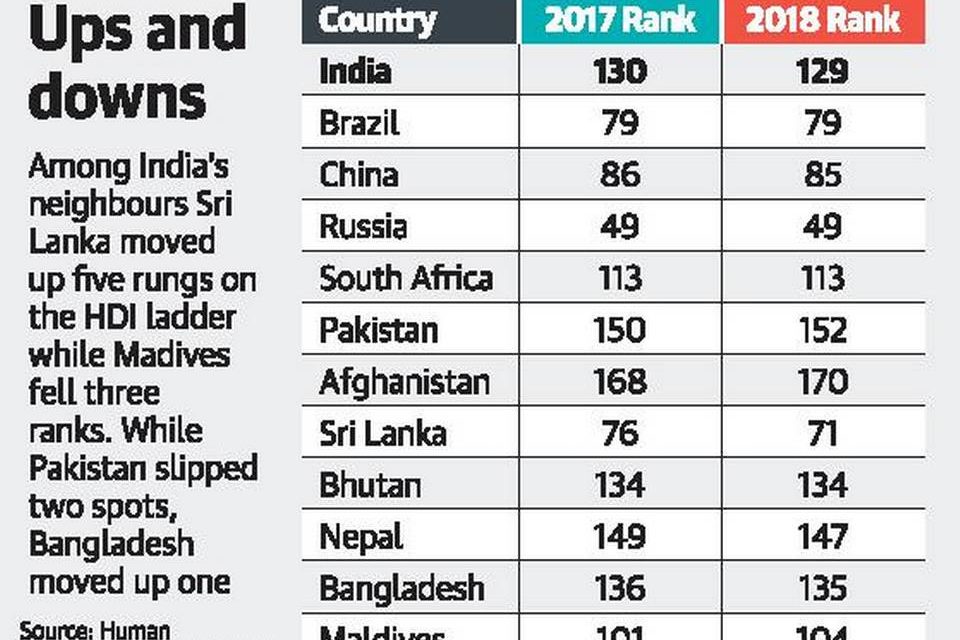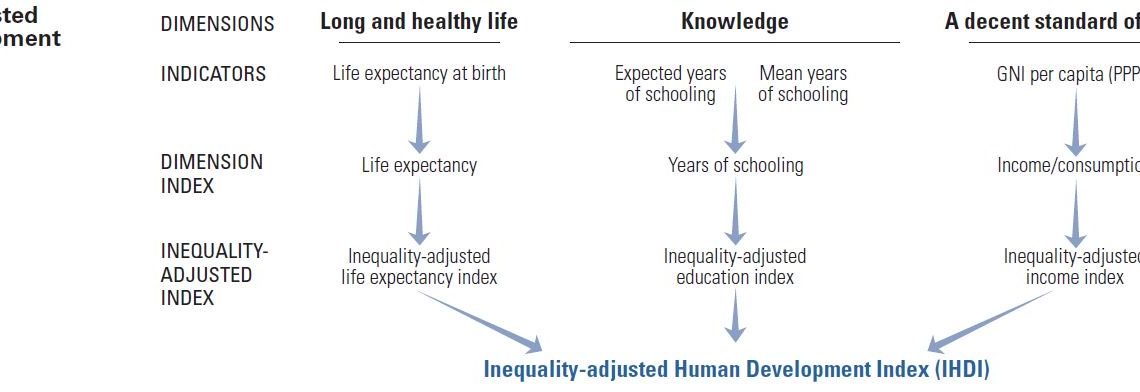UN Human Development Index 2019 report – Diligent IAS 10/12/2019 – Posted in: Daily News – Tags: Inequality-adjusted Human Development Index (IHDI)
Human Development Index 2019 report
For: Preliminary & Mains
Topics covered:
- Major findings of the Human Development Index report
- What is the Human Development Index?
- What is the Inequality-adjusted Human Development Index?
News Flash
The annual Human Development Index 2019 report, ranked India at the 129th position, out of a total of 189 countries.
- The Human Development Report (HDR) is released by the United Nations Development Programme (UNDP).
- The report ranked countries after analysing reduction in absolute poverty, gains in life expectancy, education, and access to health care.
Key findings
- Norway, Switzerland, Ireland occupied the top three positions in that order.
- Germany is placed fourth along with Hong Kong, and Australia secured the fifth rank on the global ranking.
- Sri Lanka (71) and China (85) are higher up the rank scale while Bhutan (134), Bangladesh (135), Myanmar (145), Nepal (147), Pakistan (152) and Afghanistan (170) were ranked lower on the list.
- South Asia was the fastest-growing region in human development progress witnessing a 46% growth over 1990-2018, followed by East Asia and the Pacific at 43%.
- India’s HDI value increased by 50% (from 0.431 to 0.647), which places it above the average for other South Asian countries (0.642). This means that in the last three decades, life expectancy at birth in India increased by 11.6 years, whereas the average number of schooling years increased by 3.5 years. Per capita incomes increased 250 times.
- For inequality-adjusted HDI (IHDI), India’s position drops by one position to 130, losing nearly half the progress (.647 to .477) made in the past 30 years. The IHDI indicates percentage loss in HDI due to inequalities.
- In the Gender Inequality Index (GII), India is at 122 out of 162 countries. Neighbours China (39), Sri Lanka (86), Bhutan (99), Myanmar (106) were placed above India.
- No place in the world has gender equality.
- The report notes that the world is not on track to achieve gender equality by 2030 as per the UN’s Sustainable Development Goals.
- The report presents a new index indicating how prejudices and social beliefs obstruct gender equality, which shows that only 14% of women and 10% of men worldwide have no gender bias.
- The report also highlights that new forms of inequalities will manifest in future through climate change and technological transformation which have the potential to deepen existing social and economic fault lines.
- The report states that as the number of people coming out of poverty is increasing, the world is veering towards another type of poverty. The old inequalities were based on access to health services and education whereas the next generation of poverty is based on technology, education and climate. India has both types of poverty.
Human Development Index
- The Human Development Index is a statistic composite index of life expectancy, education, and per capita income indicators, which are used to rank countries into four tiers of human development.
- A country scores a higher HDI when the lifespan is higher, the education level is higher, and the gross national income GNI (PPP) per capita is higher.
- It was developed by Pakistani economist Mahbub ul Haq and was further used to measure a country’s development by the United Nations Development Programme (UNDP)’s Human Development Report Office.

human-development-index
Inequality-adjusted Human Development Index (IHDI)
- The IHDI combines a country’s average achievements in health, education and income with how those achievements are distributed among country’s population by “discounting” each dimension’s average value according to its level of inequality.
- Thus, the IHDI is the distribution-sensitive average level of human development. Two countries with different distributions of achievements can have the same average HDI value. Under perfect equality the IHDI is equal to the HDI, but falls below the HDI when inequality rises.
- The difference between the IHDI and HDI is the human development cost of inequality, also termed – the overall loss to human development due to inequality.
- The IHDI allows a direct link to inequalities in dimensions, it can inform policies towards inequality reduction, and leads to better understanding of inequalities across population and their contribution to the overall human development cost.

Inequality-adjusted-Human-Development-Index
Source: The Hindu
READ MORE DAILY NEWS
- 15th Finance Commission Report
- KALIA (Krushak Assistance for Livelihood and Income Augmentation) scheme
- Genetic study of clownfish population
- RBI offers “on-tap” licence to small finance banks
- Electoral Literacy Clubs
- Extension of SC/ST reservation for another 10 years
- Quacquarelli Symonds (QS) World University Rankings for Asia 2020
- Automotive Telematics for Insurance
- Startup India Global Venture Capital Summit
You are on the Best Online IAS preparation platform. You are learning under experts.
We are present on Facebook- Diligent IAS, LinkedIn- Diligent IAS, YouTube- Diligent IAS, Instagram- Diligent IAS. Get in touch with us.




